#OLD HOLLYWOOD
Text

Marilyn Monroe on the set of The Misfits, 1960.
#marilyn monroe#monroedit#the misfits#1960s#vintage#old hollywood#hollywood#classic hollywood#golden age of hollywood#edit#my edit#60s#1960
422 notes
·
View notes
Text

Jane Russell as plane art in WWII
#jane russell#20th century#hollywood#old hollywood#classic hollywood#nostalgia#wwii#plane art#40s#1940s#russells raiders
279 notes
·
View notes
Photo

Marilyn Monroe photographed by Bert Reisfeld (1952).
#marilyn monroe#bert reisfeld#1950s#50s#1952#vintage#retro#Old Hollywood glamour#old hollywood#beauty
214 notes
·
View notes
Text
@renee561 @heatherfield @austennerdita2533 @missielynne @anyone else who wants to vote and reblog!
#poll#screwball comedy#polls#libeled lady#arsenic and old lace#his girl friday#the lady eve#the awful truth#my man godfrey#bringing up baby#it happened one night#i love most of these so much that i don't know which to vote for!#also i didn't include the philadelphia story because it isn't quite screwball imo?#but admittedly i have a bias against that film - it's one of the few acclaimed classics I don't like despite adoring the cast :)#old hollywood
175 notes
·
View notes
Text

Lynda Carter
107 notes
·
View notes
Text
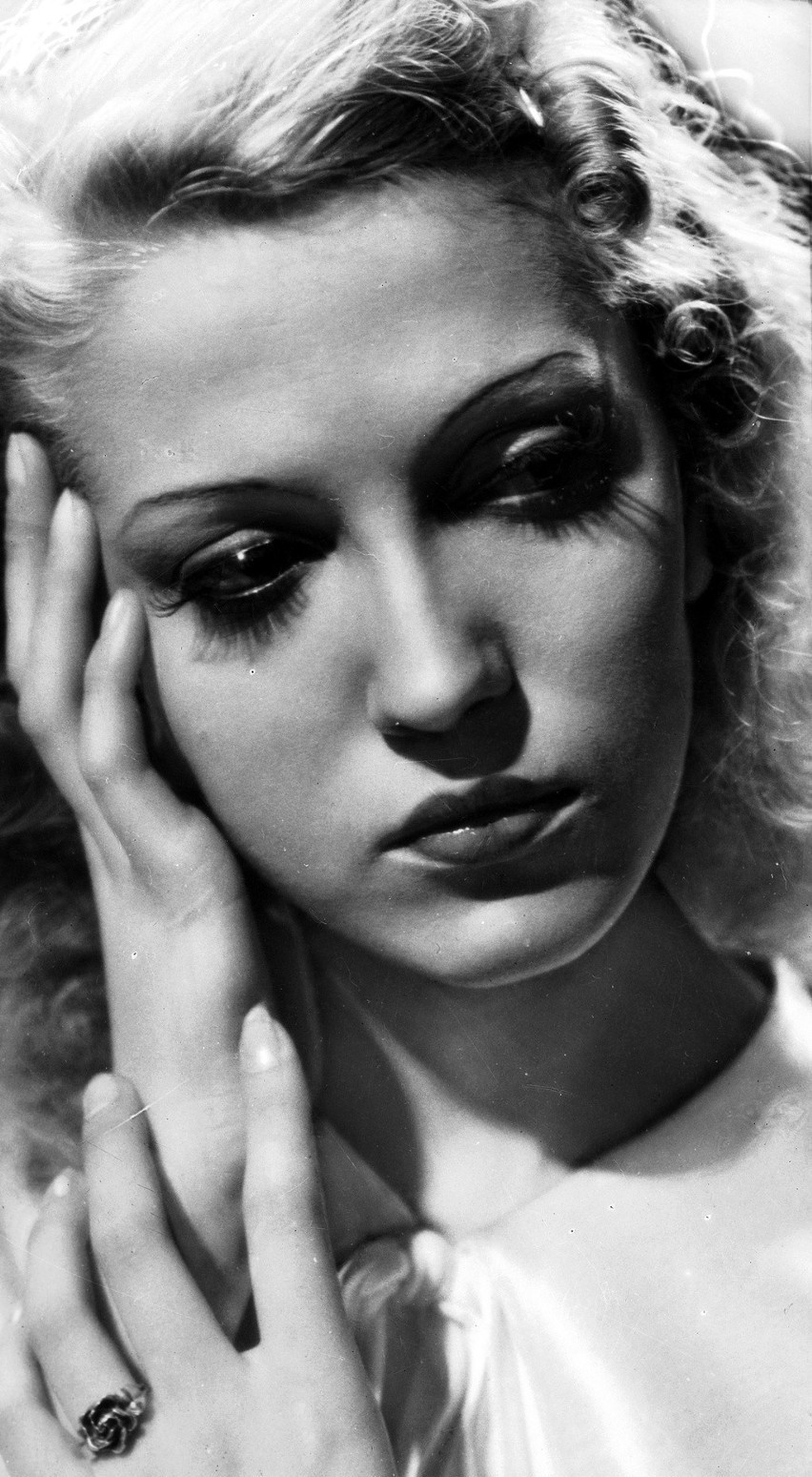









Tamara Wiszniewska (1919-1981) - Polish actress
Tamara Wiszniewska was born on December 19, 1919 in Dubno, Poland (now a region in western Ukraine) on the banks of the Ikva River. It was here that she spent her younger years during which she picked up dancing, which eventually led her to her career in film. In her 1981 obituary in the Democrat & Chronicle, it was reported that Tamara, at age 15, “Was a ballet dancer, when German film director Paul Wegener discovered her and gave her a role in the historical film, August der Starke (August the Strong)” which premiered in 1936. This German/Polish co-production is a biographical look into the life of Augustus II, ruler of Saxony and Poland-Lithuania from 1694-1733. Although Tamara played only a small role it marked her debut and eventual rise to fame within the Polish film industry.
Following her appearance in August der Starke, Tamara appeared in thirteen other films between 1936 and 1939, including Trójka Hultajska (The Trio Hultajska, 1937), Ordynat Michorowski (Ordinate Michorowski, 1937), and Kobiety nad Przepaścią (Women Over the Precipice, 1938). Wladyslaw (Walter) Mikosz, Tamara’s future husband, produced two of these films. In an interview, Tamara and Walter’s daughter, Irene, states that, "The two met because of their film careers, and were married [late that same year] in 1937".
Life for the Mikoszs was happy for a time. Tamara continued to pursue her acting career through 1938 and 1939 and had welcomed a new born daughter into the world alongside her husband, Wladyslaw. Unfortunately, these happy times did not last long as the Mikosz family experienced the rise of Nazi Germany and their occupation of Poland in 1939 during World War II. The following excerpt from an interview with Tamara in a 1974 Times Union tells how drastically their lives were changed:
"I always played a rich spoiled girl who had lovely clothes, and for a short time I lived that kind of life too. It was a short, beautiful life that ended when the Germans took over Poland in 1939. We were wealthy and the toast of the town then. We’d go to Prague and Vienna just to see an opera or to play in the casinos. When the Germans came, my intuition told me I should have something on me to exchange. I sewed my jewelry into my clothes. Later, it bought us passes to freedom and bread so we were never hungry."
The German occupation of Poland during World War II brought then “beautiful” life of the Mikosz family to an end. Gone were their illustrious careers in film and the rewards that such a life had brought to them. In a later interview, Irene mentioned that her mother "was preparing to sign a contract for a film career in Hollywood, but Hitler’s invasion of Poland derailed the plans". Sadly, Tamara’s last appearance on the silver screen was in 1939 prior to the invasion of Hitler’s Germany; she never again starred in any films.
Although her dreams had been crushed, Tamara and her family did not lose hope. They made the best of their current situation, and were able to survive by selling the fruits of their labors that they harvested during their days in the film industry; their lives had been consumed with a fight to survive rather than a dream to thrive. However, not being ones to live quiet lives, the Mikoszs volunteered for the Polish Underground, the exiled Polish government that fought to resist German occupation of Poland during World War II. As civilians with backgrounds in film, Tamara and Walter were most likely engaged in spreading Polish nationalistic and anti-German propaganda. Such efforts of the civilian branch of the Polish Underground was in support of what Jan Kamieński refers to as "small sabotage" in his book, Hidden in the Enemy's Sight: Resisting the Third Reich from Within: "In contrast of major sabotage, the idea of small sabotage was to remind the German occupiers of an enduring Polish presence, to ensure that they felt a constant sense of unease and generally undermine their self-confidence". While attending to these duties within the Underground, the Mikosz family was separated and shipped off to separate countries: Tamara and her daughter, Irene, to Czechoslovakia (where Tamara’s parents had been sent) and Walter to Bavaria. The family was not reunited until 1945, when they were sent to the same refugee camp in Bavaria. The Mikoszs remained in the Bavarian refugee camp until the year 1950, in which they emigrated to the United States of America. Tamara and Walter lived quiet lives in Rochester, NY after arriving from a war-torn Europe, and did so until they passed away.
Although they have long since passed away from this Earth, the stories of the Polish film star, Tamara, and her film-producer husband, Wladyslaw Mikosz, will live on so long as there are people around to tell it.
#history#history crushes#submission#tamara wiszniewska#polish#actress#film history#1930s#30s#old hollywood#women in film#women in history#poland#wwii#world war 2#ww2#ww2 history#old movies#old phography#20th century
95 notes
·
View notes
Text
Marilyn Monroe interviewed on the dumb blonde stereotype.
#marilyn monroe#classic hollywood#old hollywood#hollywood#vintage#actress#pinup#starlet#1950s#1950#50s#golden age of hollywood#dumb blonde#coquette#coquette aesthetic#lana del rey#lizzy grant#ldr#hell is a teenage girl#this is what makes us girls#for the girls#girlblogging#tumblr girls#girlcore#girlhood#girl aesthetic#girl blogger#vintage americana#classic film#interview
81 notes
·
View notes
Text
I lost Too Much in round 3 of @hotvintagepoll (Olivia de Havilland! BETTE DAVIS!) and will in consequence plan to vote early and be maximally obnoxious in support of my preferred Hot Vintage Ladies from now on.
To all my followers: I am sorry; you are welcome; you have been warned. To my fellow disappointed voters: do you want to cry and rewatch The Letter about it?
#how is BETTE DAVIS not swarming to the semifinals on a tide of one-liners and people who want her to step on them. how.#i also love olivia so much and thought that tumblr's love for Women Getting Shit Done & Not Taking Shit From Men would take her far#old hollywood#also lost theda bara. bitter about that too.#haven't checked in on pola negri hope she's doing okay#dietrich is fine. of course she's fine. i am reserving my ammunition there.
66 notes
·
View notes
Text
#old hollywood#brasil#japan#asking alexandria#lana del ray aesthetic#r@pe fantasy#ncuti gatwa#amazing#productivity#historic fashion#savannah bond
125 notes
·
View notes
Text
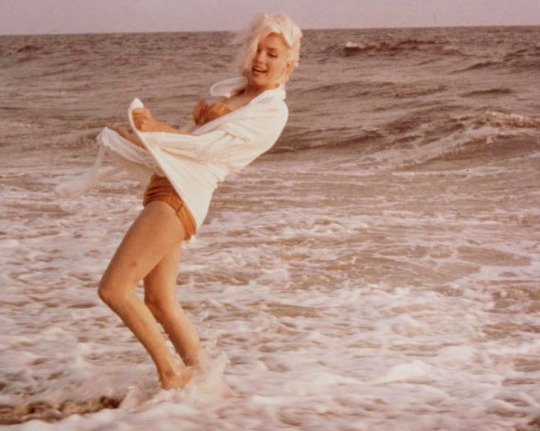
Marilyn Monroe photographed by George Barris, 1962.
#marilyn monroe#monroedit#george barris#1960s#vintage#old hollywood#hollywood#classic hollywood#golden age of hollywood#edit#my edit#60s#1962
215 notes
·
View notes
Text

Paul Robeson by Edward Steichen, Vanity Fair August 1933.
54 notes
·
View notes
Photo
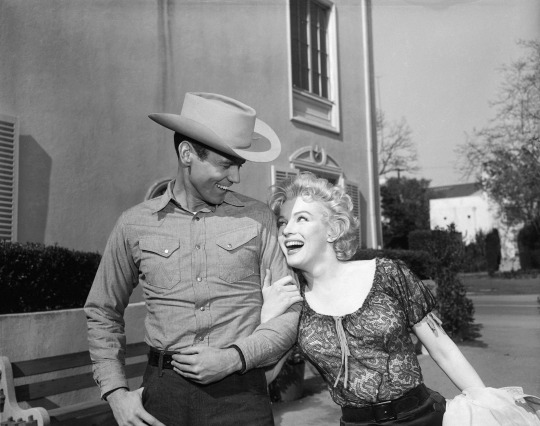
Marilyn Monroe and Don Murray on the set of "Bus Stop", 1956.
#marilyn monroe#don murray#cinema#bus stop#1950s#50s#1956#vintage#retro#Old Hollywood glamour#old hollywood
178 notes
·
View notes
Text
#old hollywood#japan#kei fubuki#in love#華村あすか#mode#amazing#productivity#frozen 2#roses#ao haru ride#toh fanart
128 notes
·
View notes
Text
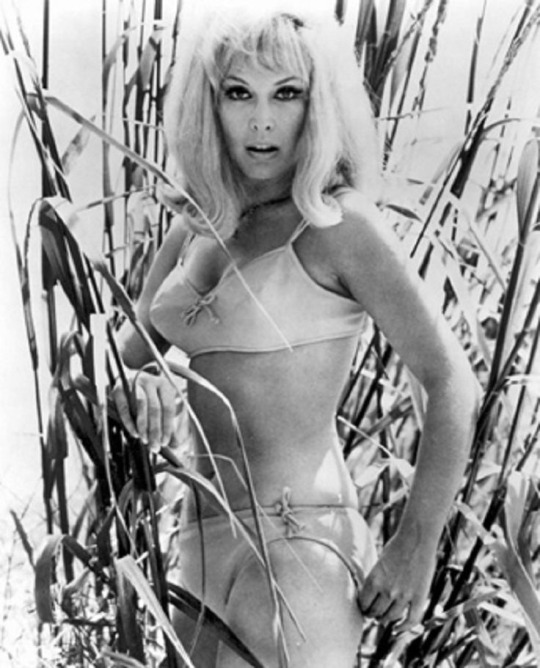
Barbara Eden
83 notes
·
View notes
Text



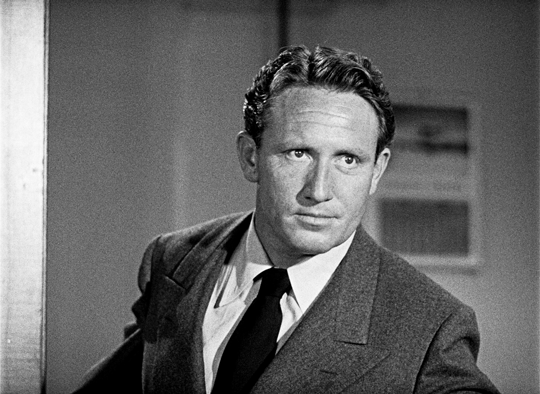
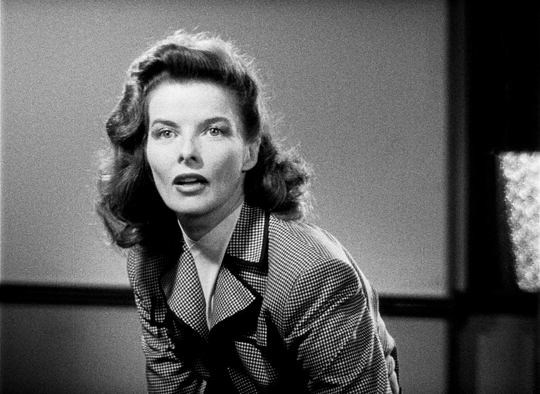
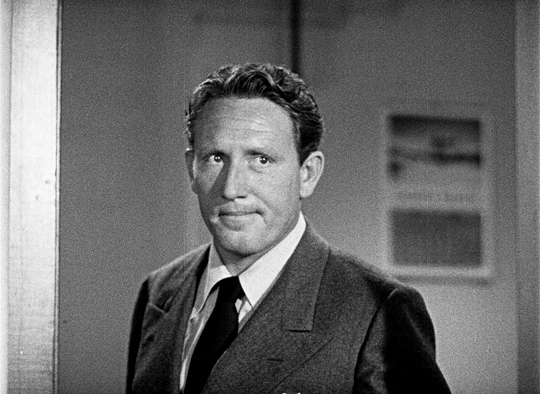
Haven’t you met Miss Harding?
Yes, yes, in a belligerent sort of way.
WOMAN OF THE YEAR (1942)
#woman of the year#katharine hepburn#spencer tracy#tusergio#userdanahscott#userraffa#userrobin#userkraina#usergiu#uservienna#tusercamille#tuserfla#filmgifs#fyeahmovies#userloren#usersugar#old hollywood#filmedit#holly.gif#holly.mine
65 notes
·
View notes
